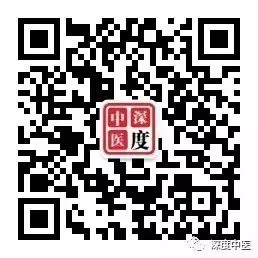(Original work, all rights reserved; if you like it, please share; reproduction is strictly prohibited, and infringement will be pursued)
The theory of the Five Elements studies the connotations, characteristics, and movement patterns of the five elements: Wood, Fire, Earth, Metal, and Water, and uses them to explain the occurrence, development, changes, and interrelationships of all things in the universe. The Five Elements theory is a theoretical framework for studying the general functional structural relationships between things and among them.

The Essence and Characteristics of the Five Elements
The Five Elements refer to the five substances: Wood, Fire, Earth, Metal, and Water, and their movements and changes. The character “五” (wǔ) signifies mutual interweaving. The original meaning is: intercrossing, crisscrossing. As stated in the “Shuowen Jiezi”: “Five, the dance of Yin and Yang between heaven and earth; 行 (xíng) means the way, which extends to running and changing. The Five Elements refer to the movements and changes of these five substances and their interconnections.

The essence of the Five Elements is derived from the interaction of Yin and Yang in different proportions, which means “the two instruments give birth to the four images, which are (Metal, Wood, Water, Fire) plus Earth to form the Five Elements.
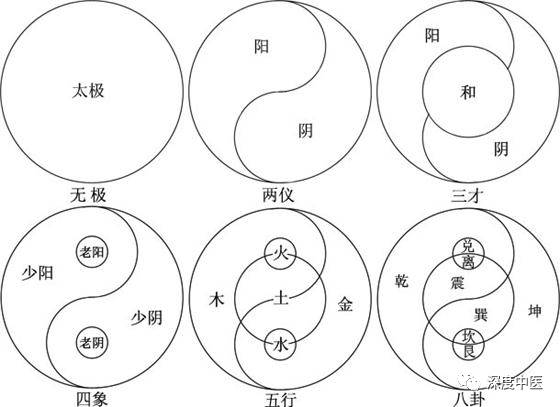
According to the “Shangshu”·Hongfan, it states: “The Five Elements: the first is Water, the second is Fire, the third is Wood, the fourth is Metal, and the fifth is Earth. Water moistens and descends, Fire rises and blazes, Wood bends and straightens, Metal transforms and contracts, Earth nurtures crops.” Based on the characteristics of the Five Elements, various phenomena in nature are categorized into five types using analogical reasoning and deduction.
The characteristics of Wood: “Wood bends and straightens.” The term “bends and straightens” refers to the characteristics of trees that either curve or grow straight upwards and outwards, thus the characteristics of Wood are extended to mean growth, expansion, and smoothness. All things and phenomena with such characteristics can be classified under the category of Wood. Wood has two aspects of characteristics: it can extend, which represents its expansive nature, and it can bend, which signifies its gentle quality.
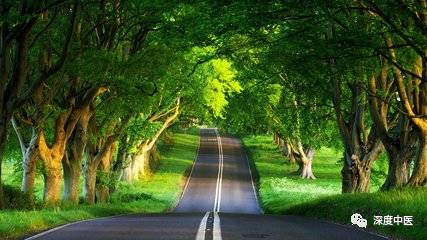
The characteristics of Fire: “Fire rises and blazes.” “Rises and blazes” describes the characteristics of flames floating upwards and radiating heat and light. All things and phenomena that have the ability to rise and warm can be classified under the category of Fire.
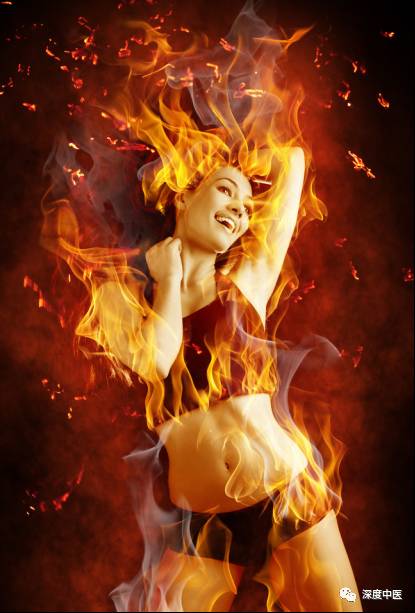
The characteristics of Earth: “Earth nurtures crops.” “Crops” refers to spring planting and autumn harvesting. Earth can grow all things, hence the saying “Earth carries the four elements” and “Earth gives birth to all things.” All things and phenomena that have the ability to grow, support, transform, and nourish can be classified under the category of Earth.
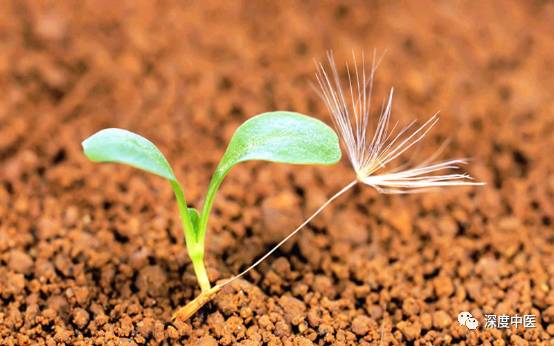
The characteristics of Metal: “Metal transforms and contracts.” Metal has the characteristics of being sharp, reclusive, and descending, emphasizing its “transformative” nature, while its “contractive” nature is reflected in the fact that the shape of metal objects can be altered by human intention, thus Metal also has its “gentle” characteristics. As stated in the “Shangshu Zhengyi·Hongfan”: “Metal can be altered by humans, indicating its usability.” Therefore, the balance of hardness and softness, and the combination of transformation and contraction, are the characteristics of Metal.
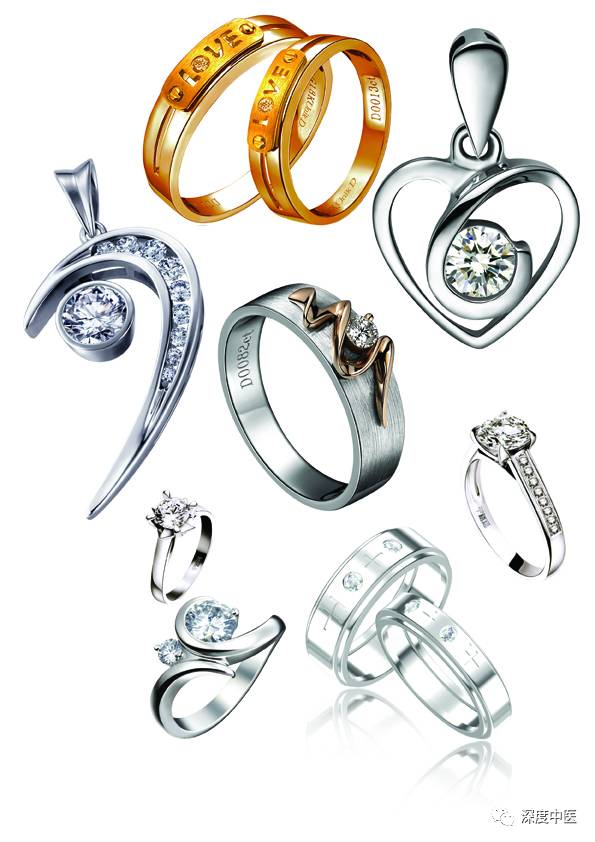
The characteristics of Water: “Water moistens and descends.” The term “moistens and descends” describes the cold, moist, and gentle nature of water. It refers to all things and phenomena that possess cold, moist, downward, and concealed characteristics, which can be classified under the category of Water.
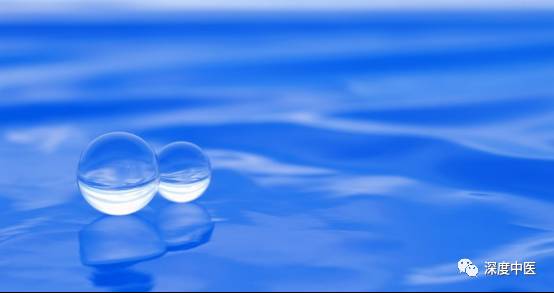
The Interactions of the Five Elements: Generation, Overcoming, and Mutual Restraint
According to the “Suwen”·Baoming Quansheng Lun, it states: “Wood is cut by Metal, Fire is extinguished by Water, Earth is penetrated by Wood, Metal is diminished by Fire, and Water is blocked by Earth.” The generation and overcoming of the Five Elements refer to the dynamic and orderly mutual support and mutual restraint among the Five Elements, thus maintaining the balance and stability of the Five Element system.
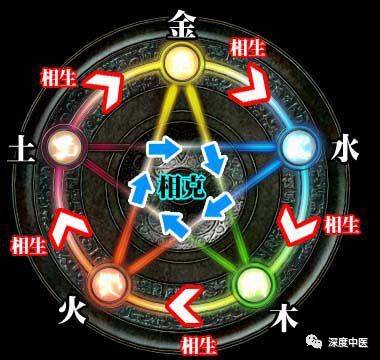
The order of generation among the Five Elements is Wood, Fire, Earth, Metal, and Water, which indicates an orderly sequence of mutual support and promotion. As Zhang Jiebin stated in “Leijing·Yunqi Category”: “Heaven gives birth to Water, Water gives birth to Wood, Wood gives birth to Fire, Fire gives birth to Earth, Earth gives birth to Metal, and Metal gives birth to Water, in an endless cycle.”
The order of overcoming is: Wood overcomes Earth, Earth overcomes Water, Water overcomes Fire, Fire overcomes Metal, and Metal overcomes Wood. This sequence indicates mutual restraint and overcoming, which continues endlessly.
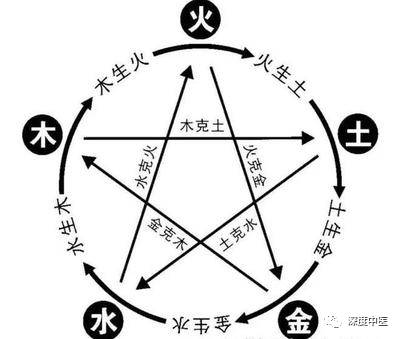
The rules of transformation among the Five Elements are: “Excess leads to harm, restraint leads to transformation” (“Suwen·Liangwei Zhi Dalu”), and as Zhang Jiebin from the Ming Dynasty stated in “Leijing Tuyu·Yunqi Shang”: “The mechanism of creation cannot be without generation, nor can it be without restraint; without generation, there is no way to develop, and without restraint, there will be excess and harm.”
The concept of overcoming and returning in the Five Elements refers to when one element becomes overly dominant, it triggers a retaliatory restraint from the element it cannot overcome, thus restoring balance and stability to the Five Element system. The concept of overcoming and returning originates from the theory of Qi in the seven major discussions of the “Huangdi Neijing”: the return of Qi arises from the emergence of overcoming Qi, meaning that overcoming Qi appears first, followed by the return Qi to counterbalance it. If the overcoming Qi is Wood, then the return Qi is Metal. As Zhang Jiebin stated in “Leijing·Yunqi Shang”: “In terms of overcoming and returning, whatever is overcome must have a corresponding defeat; whatever is defeated must have a corresponding return. If the mother is defeated, the child must save her… If Wood is excessive, Earth is harmed; the child of Earth, Metal, emerges to restrain it.”

The concept of multiplication among the Five Elements refers to one element excessively restraining the element it overcomes, also known as “double overcoming.” Multiplication means to invade through a gap.
The concept of mutual insult among the Five Elements refers to one element exerting reverse restraint on the element it cannot overcome, also known as “reverse overcoming.” Mutual insult implies a strong bullying the weak. The order of mutual insult is the reverse of the order of multiplication: Wood insults Metal, Metal insults Fire, Fire insults Water, Water insults Earth, and Earth insults Wood, in a continuous cycle.
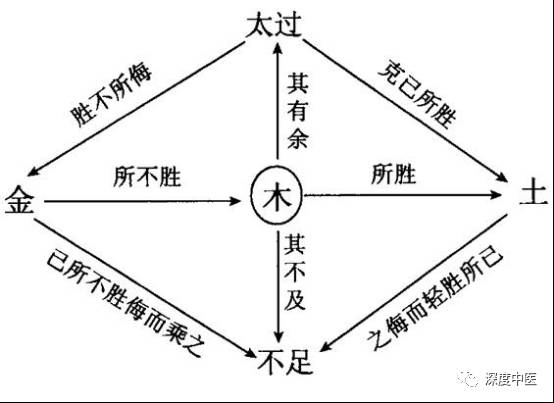
The theory of the Five Elements permeates the field of medicine, primarily used to explain the physiological connections and pathological influences between the organs, meridians, and bodily orifices, and to guide the diagnosis and treatment of diseases. As stated in the “Lingshu”·Yin Yang Twenty-Five People: “Between heaven and earth, within the six harmonies, there is no separation from the Five Elements, and humans should correspond to them.” It can effectively explain some complex issues in the medical field, such as pathological transmission. The theory of the Five Elements has gradually become a component of the theoretical system of Traditional Chinese Medicine. As stated in the “Suwen·Yin Yang Yingxiang Dalu”: “The east generates wind, wind generates Wood, Wood generates sourness, sourness generates the liver, the liver generates tendons, tendons generate the heart, the liver governs the eyes, in heaven it is wind, on earth it is Wood, in the body it is tendons, in the organ it is the liver, in color it is green, in sound it is the horn, in voice it is the call, in movement it is the grip, in taste it is sour, in will it is anger.”
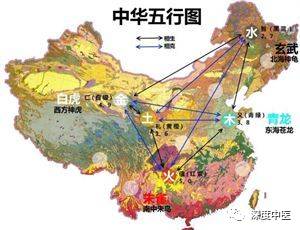
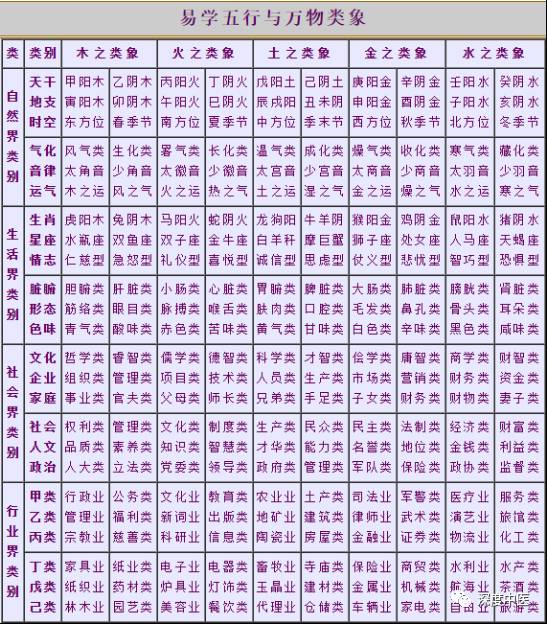
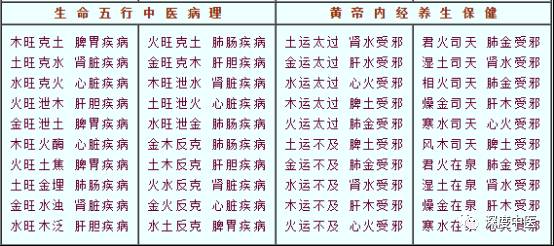
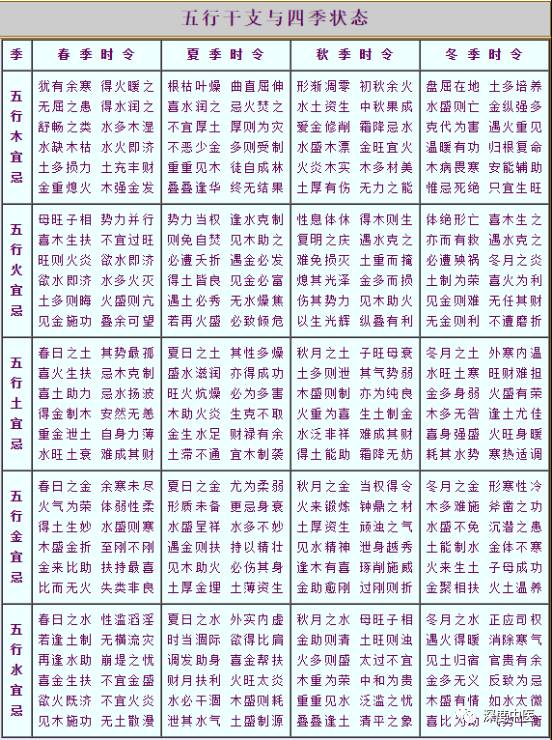
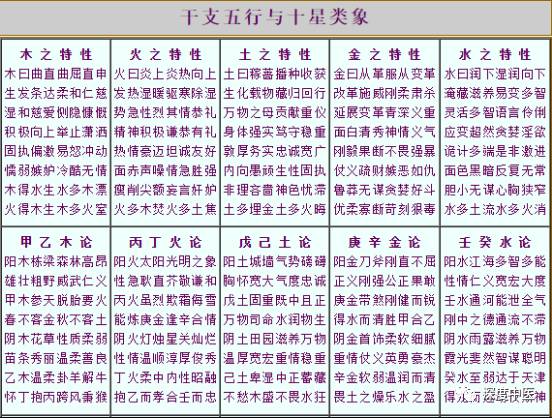

Please scan our QR code to get more information about in-depth Traditional Chinese Medicine, ancient source TCM, pure TCM, and natural TCM.
